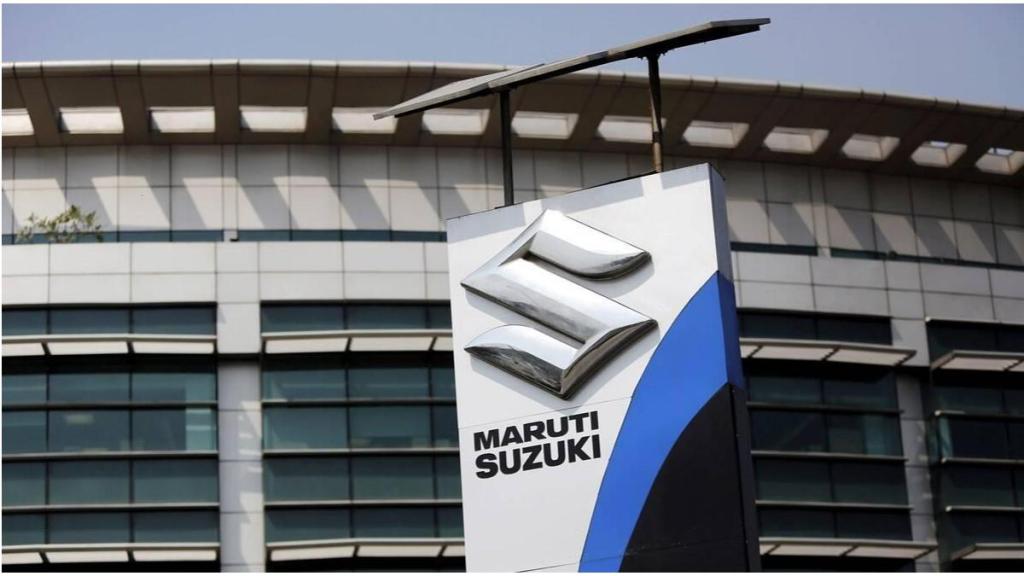Maruti Suzuki India, the country’s largest passenger vehicle (PV) manufacturer, is facing a steady erosion of its market share, even as it continues to roll out new cars and SUVs across multiple segments. While the overall passenger vehicle industry has grown significantly over the past six years, the company’s sales figures have remained nearly stagnant, highlighting the growing competition and changing market dynamics.
In FY19, Maruti Suzuki sold 1.73 million units and held a commanding market share of 51.2%. However, in FY25, despite launching several new models, the company managed to sell just 1.76 million units, a marginal 1.8% increase from FY19.
Over the same period, the passenger vehicle industry grew by 27%, from 3.38 million units in FY19 to 4.30 million units in FY25. As a result, Maruti Suzuki’s market share declined sharply to 40.9% in FY25, its lowest so far.
This decline has occurred despite a series of high-profile product launches. These include the new Celerio (November 2021), Brezza (June 2022), Alto (August 2022), Grand Vitara (September 2022), Fronx (April 2023), Jimny (June 2023), Invicto (July 2023), as well as the latest Swift (May 2024) and Dzire (November 2024). While some of these models have found success, they have not been enough to offset the overall downward trend in market share.
Automotive analysts point to several reasons for the stagnation. One major factor is the under-performance of certain new models. Jimny, for instance, has seen modest sales of just over 25,000 units in two years. Similarly, sales of the new Alto have fallen sharply, from more than 20,000 units per month in early 2023 to just under 5,000 units in May 2025.
Industry experts attribute this to an affordability crisis in the entry-level segment, traditionally Maruti Suzuki’s stronghold. Models like the Alto, S-Presso and Celerio have become less accessible to first-time car buyers due to increased manufacturing costs. These costs have been driven up by stringent BS6 Phase 2 emission norms, mandatory safety regulations like six airbags, and rising commodity prices. As a result, many budget-conscious consumers are now turning to the pre-owned car market instead of buying new small cars.
Even where Maruti Suzuki has had relative success, such as with Brezza, Grand Vitara, and Fronx, it remains behind its rivals. Grand Vitara sold 123,946 units in FY25, whereas Hyundai Creta, its closest competitor, sold 194,871 units in the same period. Similarly, while Fronx registered sales of 166,216 units, it lagged behind Tata’s Punch, which sold 196,572 units.
Although strong performances by models like Wagon R, Swift and Dzire have helped maintain volumes—with Wagon R being the best-selling car in FY25 and the Dzire leading monthly sales in May 2025—analysts said that they largely serve to compensate for losses in Maruti’s traditional budget segment.
Meanwhile, increased competition from new and updated offerings such as Kia’s Carens and Syros, Mahindra’s XUV 3XO and Thar Roxx, and Skoda’s Kylaq is further chipping away at Maruti Suzuki’s dominance, suggesting the brand will need more than new launches to reclaim lost ground, according to analysts.



















